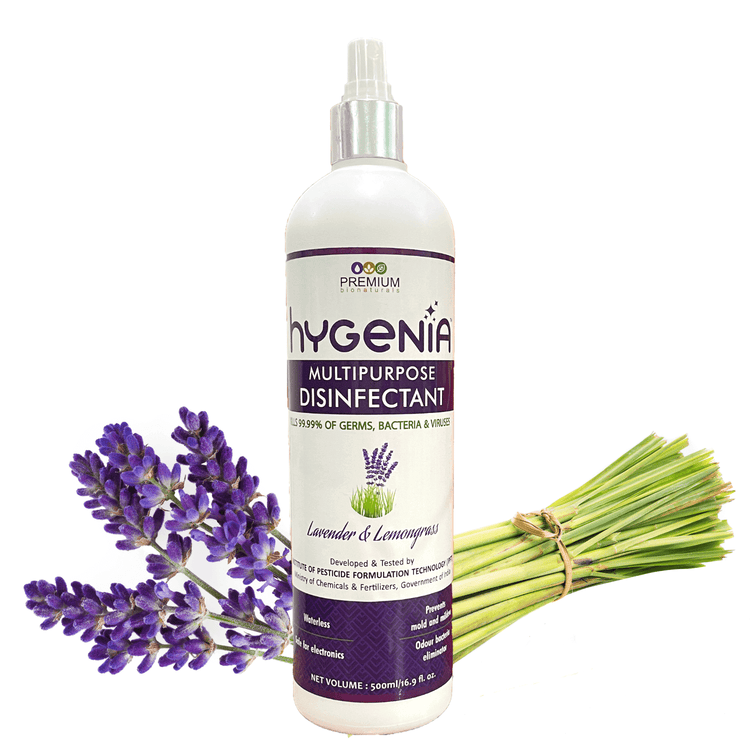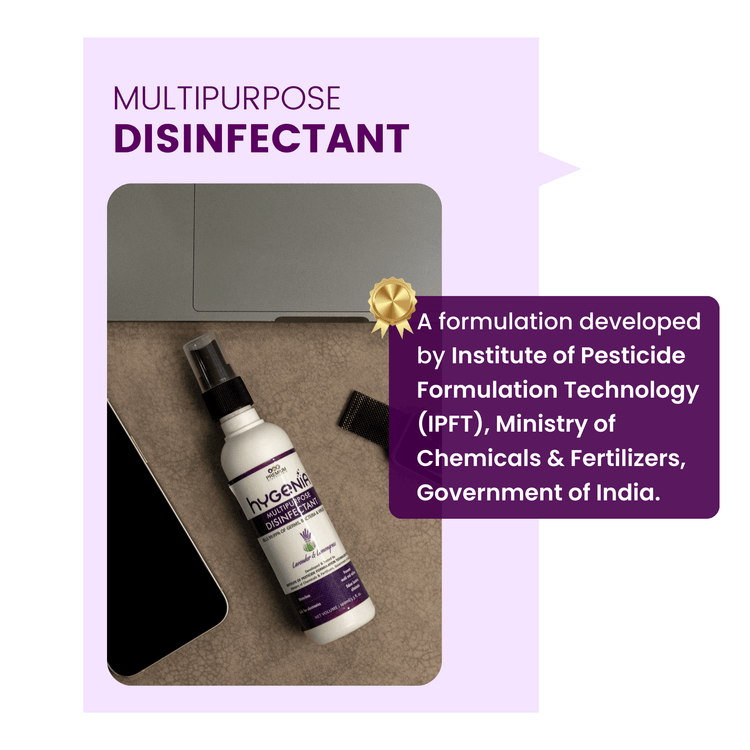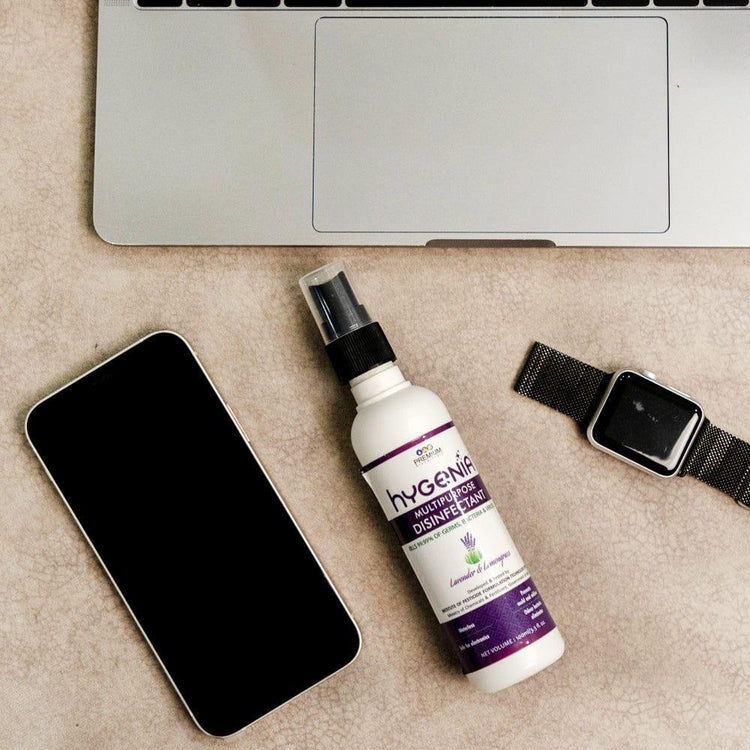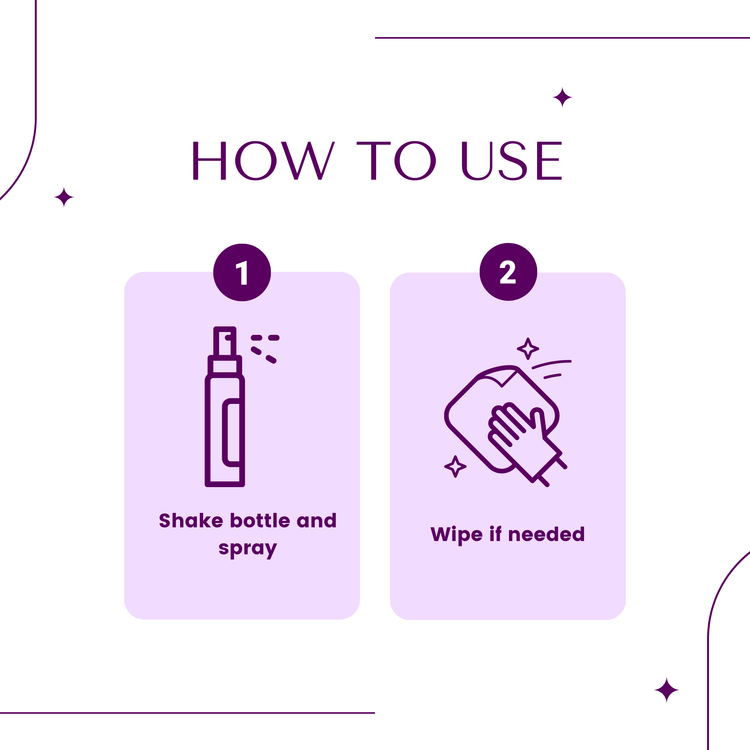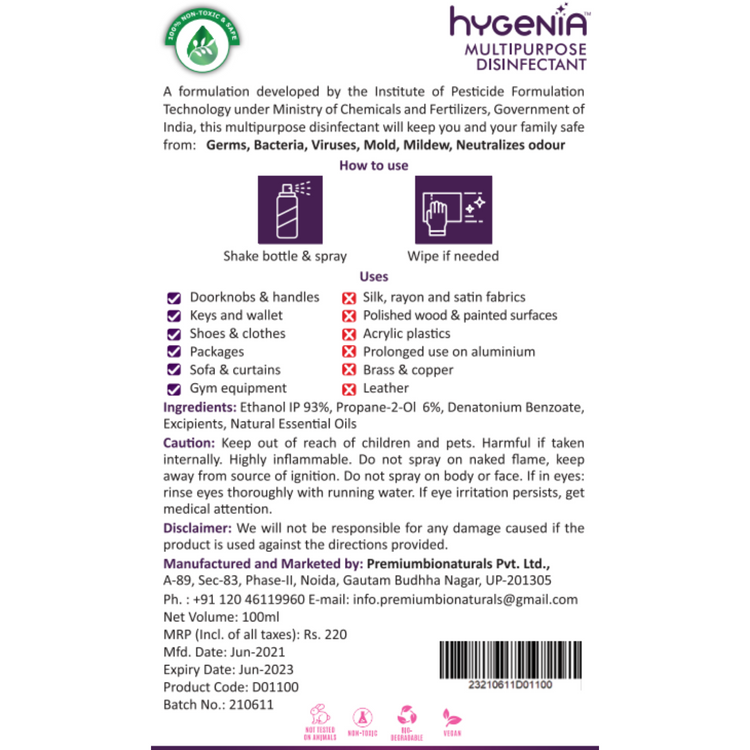Ever wondered why your bathroom cleaner is neon blue or why your dishwashing liquid is a bold, citrusy orange? It’s not because these vibrant hues make them clean better. The reality? Synthetic dyes in your cleaning products are purely cosmetic and potentially harmful. Every time we wear a vibrant shirt or sip from a colourful mug, we might be unknowingly contributing to a hidden environmental crisis. Synthetic dyes, ubiquitous in our daily lives, might make our world brighter, but they are dimming the future of our planet by posing severe threats.
These dyes contain harmful components like heavy metals and formaldehyde, which can contaminate water sources, harm aquatic life, and pose health risks to humans, including allergies, respiratory issues, and even cancer. Let’s unpack the hidden risks behind these colourants and why more people are turning to eco-friendly cleaning products that skip the dyes for good reason.
Why Are Synthetic Dyes Even in Cleaning Products?

Synthetic dyes are added to give your cleaners a "clean" or "fresh" look, but they have no effect on the actual cleaning power. They’re often used to match a scent (lemon = yellow, ocean = blue), creating the illusion of freshness. Synthetic colourants are chemical substances created to impart colour to products. Unlike natural colourants derived from plants or minerals, these dyes are manufactured through complex chemical processes involving petroleum-based ingredients. They are inexpensive and highly effective at creating vibrant colours that attract consumers.
In cleaning products, these dyes serve no functional purpose. They don’t enhance the product’s ability to clean your dishes, clothes, or floors. Instead, they mask the natural colour of the ingredients, create brand identity, and play on consumer psychology—bright colours often imply freshness or power. But behind the aesthetics, artificial dyes in cleaning products raise red flags for your health and the environment.
The Hidden Risks of Synthetic Colourants
1. Skin Irritation from Synthetic Colourants

Synthetic dyes often trigger allergic reactions such as redness, itching, and eczema, especially on delicate skin areas like hands and face. Many people experience redness, itching, or allergic reactions from everyday cleaning products, and skin irritation from synthetic colourants is often the culprit. These dyes can aggravate sensitive skin and are particularly problematic for people with eczema or contact dermatitis.
Pro tip: Always wear gloves or switch to dye-free, plant-based alternatives that are gentler on your skin.
2. No Cleaning Benefit, All Risk
Artificial dyes in cleaning products don’t clean—they just look like they do. These chemical colourants may be absorbed through the skin or inhaled during use, adding unnecessary chemical load to your home.
Why use them when eco-friendly cleaning products offer the same results without the synthetic baggage?
3. Toxic Synthetic Dyes & Environmental Harm
When we rinse our floors, scrub our sinks, or wash down our countertops, where do all those colourful suds go? Toxic synthetic dyes can end up in waterways, harming aquatic ecosystems and disrupting marine biodiversity.
Dye-free cleaners reduce this burden, making them a safer, more sustainable choice for both your home and the planet.
The Rise of Dye-Free, Eco-Friendly Cleaning Products
With growing awareness about chemical exposure, many people are opting for eco-friendly cleaning products that use natural enzymes, essential oils, and botanical extracts instead of artificial dyes.
These cleaners are:
-
Safer for sensitive skin
-
Biodegradable and non-toxic
-
Packaged responsibly and often cruelty-free
And yes, they clean just as well, minus the chemical cocktail. If you're curious about how natural cleaning solutions stack up against traditional ones like phenyl, don’t miss our blog on whether phenyl is still safe and how it compares to natural floor cleaners.
How to Spot Dye-Free Products While Shopping
Switching to dye-free cleaning products is a simple yet impactful step toward safer, skin-friendly, and eco-conscious cleaning. Here’s how to identify truly clean products:
-
Read the label closely: Look for terms like “dye-free,” “colourant-free,” or “free from artificial colours.” These labels are often found on the front or back of the packaging.

-
Check the ingredients list: Watch out for synthetic colourants listed as "Blue 1," "Red 40," "Yellow 5," or “FD&C” followed by a colour and number. These are common artificial dyes used for cosmetic appeal.
-
Go fragrance-free or naturally scented: Products with strong artificial fragrances often include synthetic dyes as well. Opt for unscented or those using essential oils like lavender, citrus, or eucalyptus.
-
Choose brands with clean-label promises: Look for certifications such as “non-toxic,” “eco-friendly,” or “biodegradable.” Brands that focus on minimalist, plant-based formulations are more likely to avoid synthetic dyes altogether.
-
Look for transparent, colourless liquids: A clear or cloudy solution often indicates the absence of added dyes, while neon or brightly colored products typically signal artificial additives. For example, the Multipurpose Disinfectant – Lavender & Lemongrass offers powerful cleaning without the unnecessary colourants.

By getting into the habit of scanning labels and choosing smarter alternatives, you protect your skin, your home, and the environment—all in one mindful decision.
Frequently Asked Questions
Q1) Why do cleaning products contain synthetic dyes?
A) To enhance visual appeal and match scent profiles, but they have no cleaning function.
Q2) Can artificial dyes in cleaning products cause skin irritation?
A) Yes. Dyes are known to cause allergic reactions, especially in sensitive individuals.
Q3) Are synthetic dyes toxic to the environment?
A) They can be. When rinsed into drains, dyes may persist in water and harm aquatic life.
Q4) What are the risks of using cleaners with synthetic colourants?
A) Skin reactions, increased chemical exposure, and environmental pollution.
Q5) Are eco-friendly cleaning products free from synthetic dyes?
A) Most are! Many green brands now exclude artificial colourants altogether.
Q6) How can I identify dye-free products when shopping for cleaners?
A) Check ingredient lists for dye names or FD&C codes, and look for clean-label or plant-based certifications.
So, do we really need colour in our cleaners? When the colour adds no value—and may even pose harm—the answer is a clear no. Synthetic dyes might make a product look appealing, but the risks to your skin and the planet aren’t worth the aesthetic.
Choose dye-free. Choose clean. Choose consciously.









